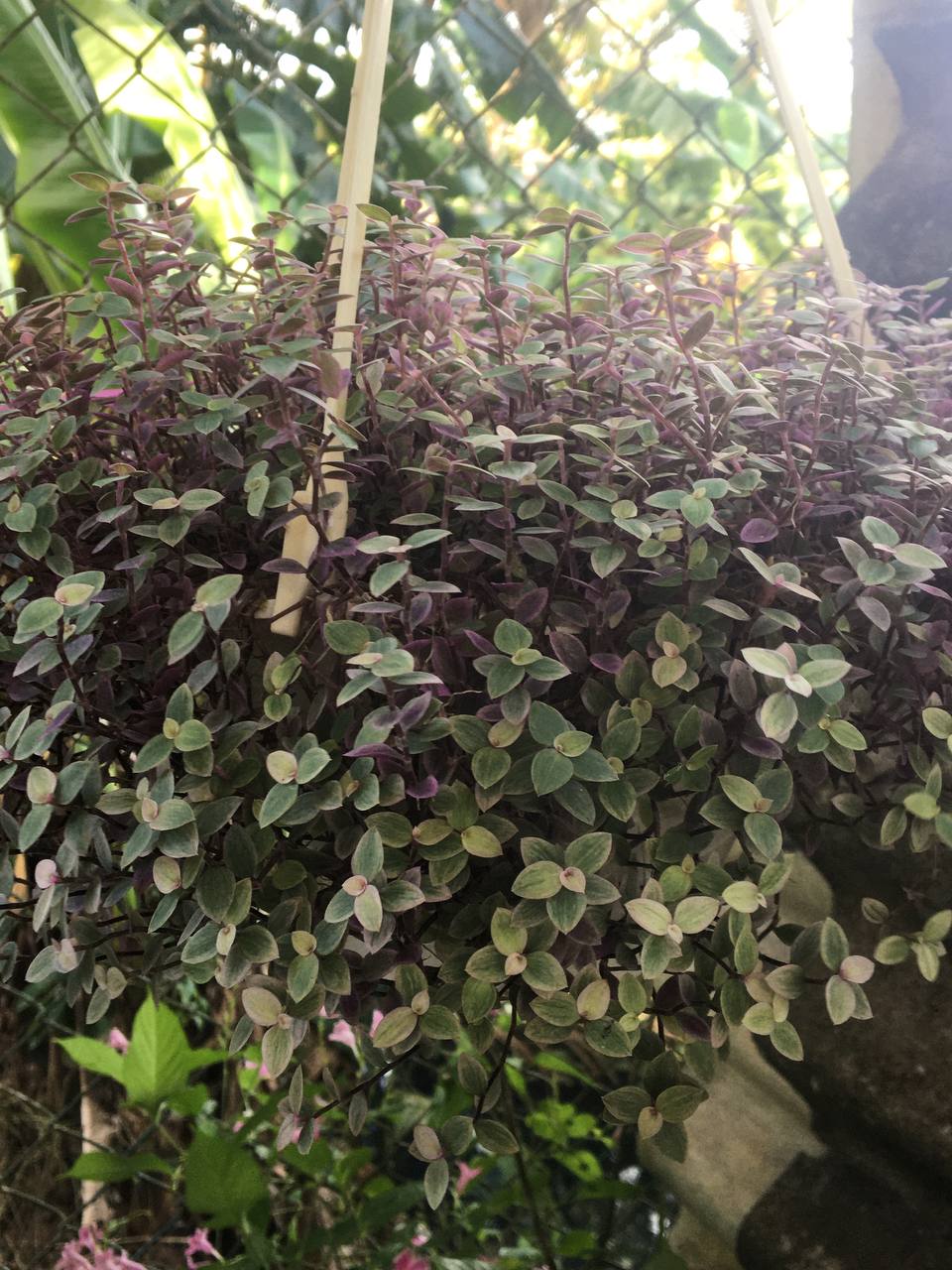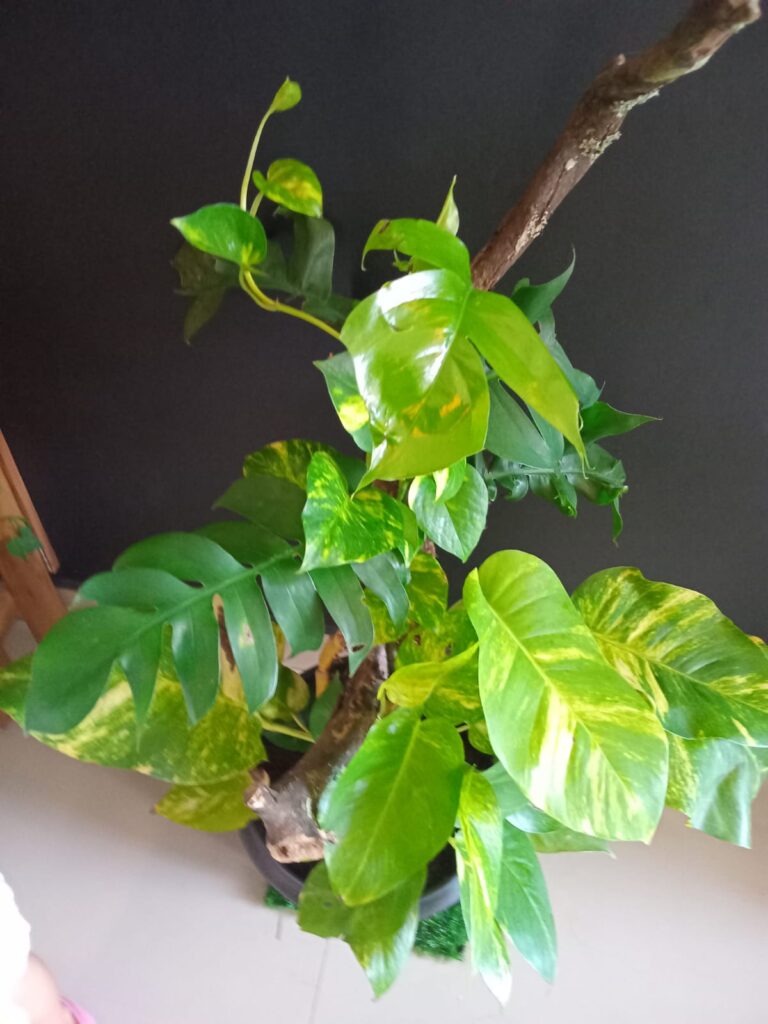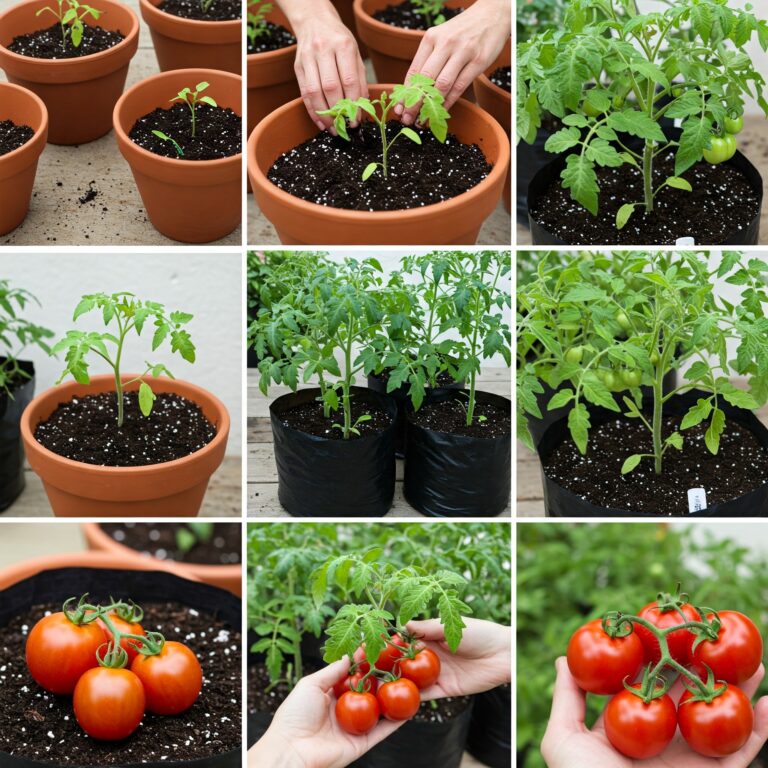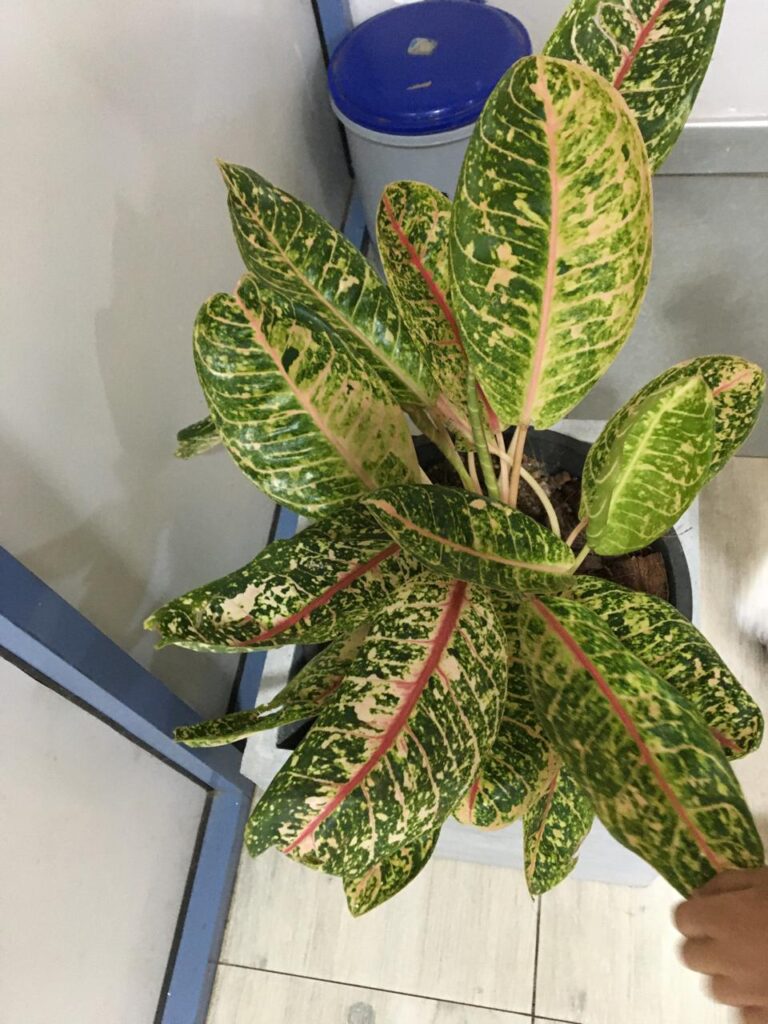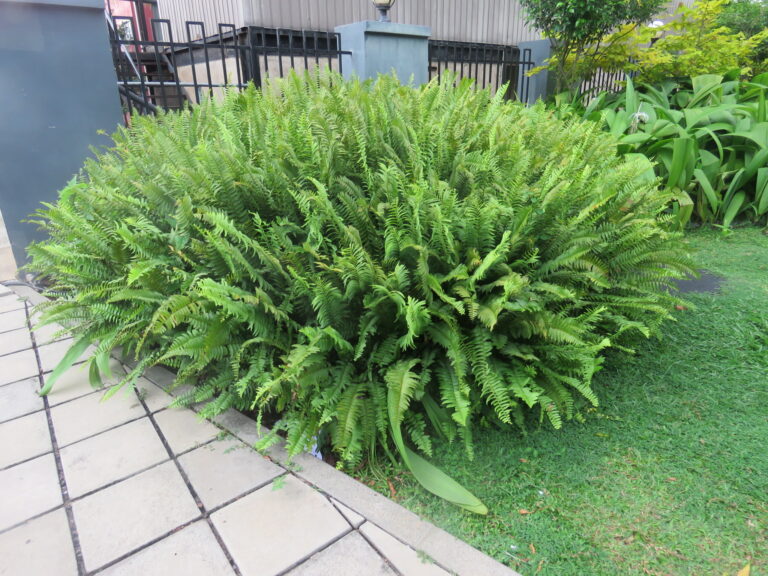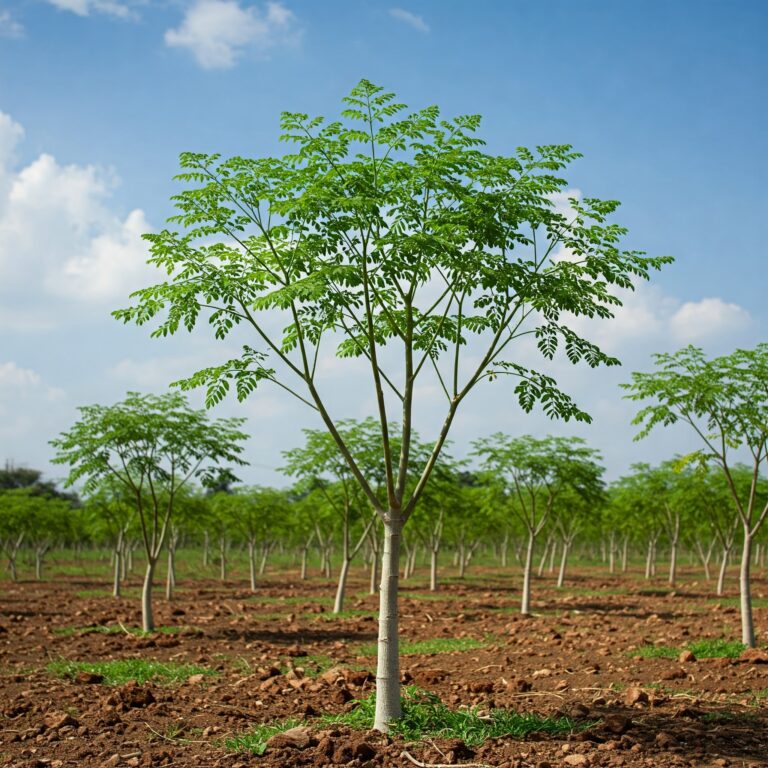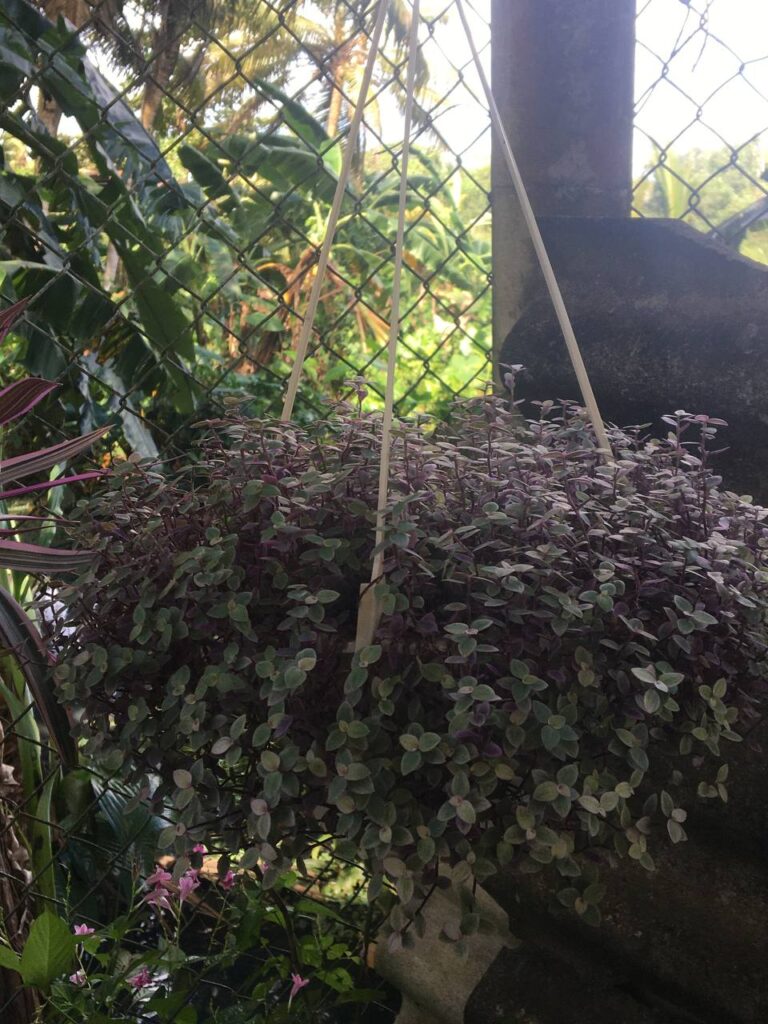
Creeping Inchplant (Callisia repens), also known as Turtle Vine or Pink Bubbles, is a low-growing, trailing plant known for its small, variegated leaves and ability to thrive in various conditions. It makes an excellent houseplant, ground cover, or hanging basket feature.
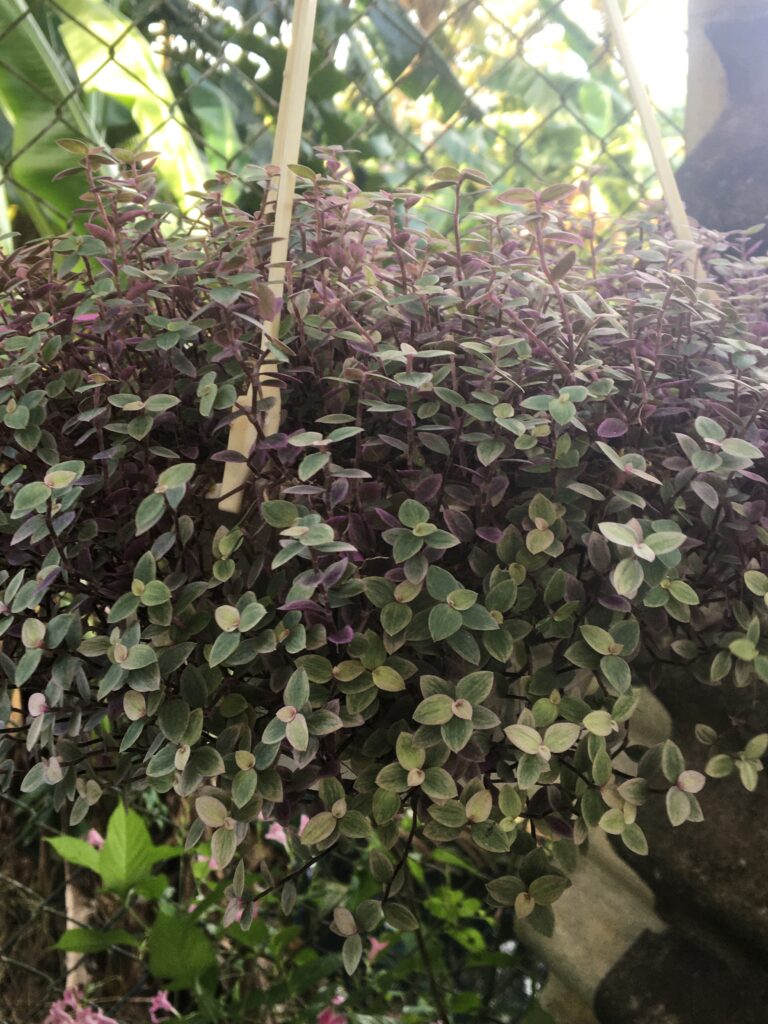
1. Choosing the Right Growing Conditions
Light Requirements
- Prefers bright, indirect light but can tolerate some direct sun.
- In lower light conditions, the plant may become leggy and lose its vibrant colors.
- Variegated varieties, like Pink Bubbles, need more light to maintain their pink hues.
Temperature & Humidity
- Thrives in temperatures between 60–80°F (16–27°C).
- Avoid temperatures below 50°F (10°C) as it is not frost-hardy.
- Prefers high humidity, making it ideal for bathrooms or kitchens. If your home is dry, consider misting or using a humidity tray.
2. Planting & Soil Requirements
Best Soil Type
- Well-draining, light potting mix is ideal.
- A mix of peat moss, perlite, and standard potting soil works well.
- Adding a bit of sand or orchid bark can improve drainage.
Pot Selection
- Use a pot with drainage holes to prevent root rot.
- Hanging baskets are a great option to display its cascading growth.
3. Watering & Fertilization
Watering Needs
- Keep the soil slightly moist but not soggy.
- Water when the top 1–2 inches of soil feel dry.
- Reduce watering in winter, as the plant’s growth slows down.
Fertilization
- Feed with a balanced liquid fertilizer (10-10-10 or 20-20-20) once a month during spring and summer.
- Avoid over-fertilizing, as it can lead to weak, leggy growth.
4. Pruning & Maintenance
- Trim leggy stems to encourage bushier growth.
- Regularly remove any yellowing or dead leaves.
- If it becomes too dense, prune to improve airflow and prevent mold or pests.
- Pinching off new growth tips helps maintain a compact shape.
5. Propagation
Creeping Inchplant is easy to propagate through stem cuttings:
- Take a 3–5 inch cutting from a healthy stem.
- Remove the bottom leaves and place the cutting in water or moist soil.
- If using water, change it every few days.
- Roots should develop in 1–2 weeks. Once rooted, transplant into soil.
6. Common Problems & Solutions
- Yellowing Leaves → Overwatering; allow soil to dry between waterings.
- Leggy Growth → Not enough light; move to a brighter location.
- Brown Tips → Low humidity; increase moisture levels.
- Pests (Spider Mites, Aphids) → Wipe leaves with neem oil or insecticidal soap.
7. Indoor vs. Outdoor Growing
- Indoors: Perfect for hanging baskets or small pots in bright rooms.
- Outdoors: Ideal as a ground cover in warm climates (zones 9–11).
- In colder regions, bring it inside during winter.
Final Thoughts
Creeping Inchplant (Callisia repens) is a beautiful, easy-to-care-for plant that adds charm to any indoor or outdoor space. With proper light, water, and occasional pruning, it will thrive and provide lush, trailing foliage.

